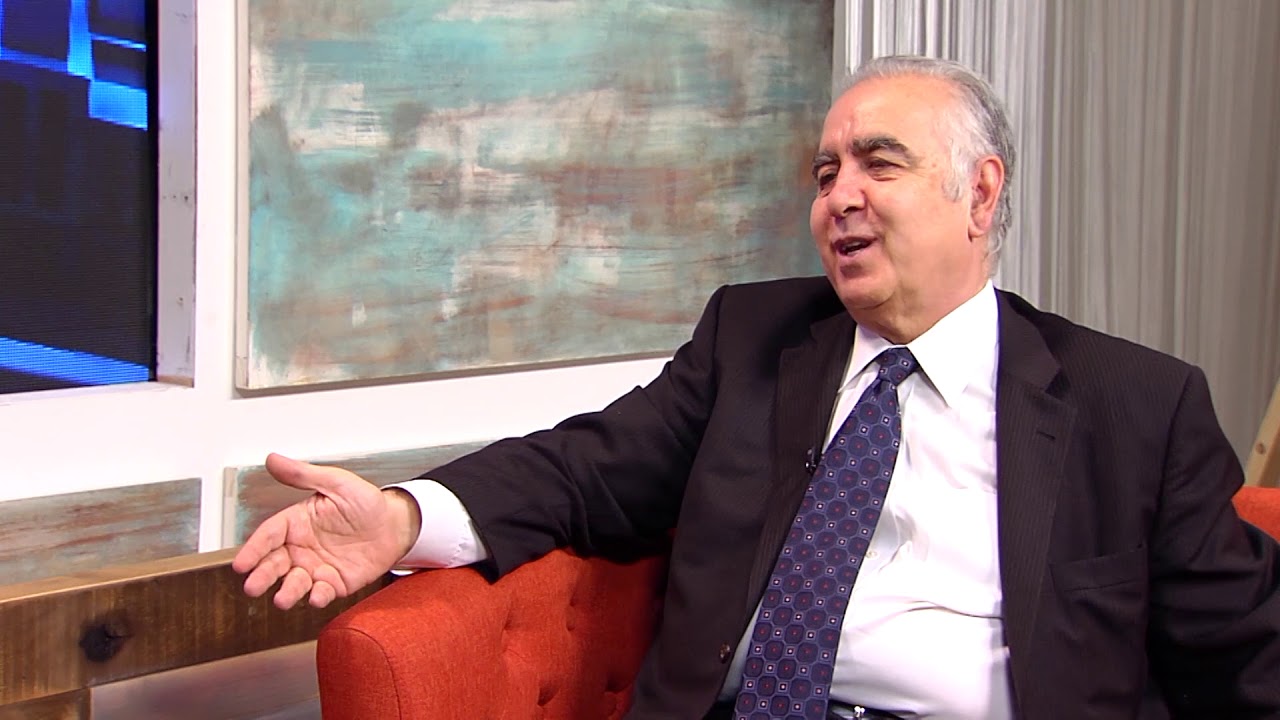It is always interesting to see how the Armenian community is viewed by outsiders. That perspective becomes more fascinating when the assessment is made by a U.S. diplomat in an internal report.
The large number of classified U.S. government documents released by WikiLeaks include cables sent by the American Embassy in Armenia to the State Department. One of those dispatches, dated Nov. 17, 2009, is a ‘Confidential’ report by Amb. Marie L. Yovanovitch covering her 2009 tour of Los Angeles, Boston, New York City, and Washington, D.C.
Here are highlights of the ambassador’s report, titled: “Experience Engaging Diaspora Communities — Armenia.”
1) The Diocese of the Armenian Apostolic Church “is under the authority of the Holy See of Etchmiadzin,” while the Prelacy “recognizes the jurisdictional authority of the Armenian Catholicos (head of the Armenian Church) based in Antelias, Lebanon. This is only for administrative purposes though, as, doctrinally, the Prelacy recognizes the theological supremacy of the Catholicos in Etchmiadzin in Armenia. The Prelacy is associated with the Armenian Revolutionary Federation (ARF)/Dashnaks, founded in 1890, and constitutes one of the three largest sectors of the Armenian-American community and are considered conservative in nature.” The report explains that “the ARF/Dashnaks have two goals: recognition that the massacres of Armenians in Turkey in 1915 constitute genocide, and the recovery of the traditional Armenian lands in eastern Turkey.” In all certainty, the Turkish government would not be pleased that a US diplomat has described parts of Turkey as “traditional Armenian lands.” Furthermore, the report states that the ARF “supports a ladies auxiliary association…known as the Armenian Relief Society (ARS), in addition to youth and cultural associations and a large media operation in the United States including newspapers, radio, and television.”
2) The report describes U.S. Armenian Catholics as “the smallest religious denomination…. The Armenian Catholic Church supports a small number of schools and orphanages but has almost no activities in Armenia.”
3) “The Armenian Protestant community is considered the oldest Armenian community in the United States and is very active through their Armenian Missionary Association of America (AMAA).”
4) “The Armenian General Benevolent Union (AGBU), established in 1906, is the second major sector and is the largest charitable organization in the Armenian community…. They are affiliated with the Armenian Democratic Liberal Party (ADL), also known as Ramkavars, which is active (but marginal) in Armenia, the American Diaspora community, and in the Middle East, such as Lebanon.”
5) “The Hnchag, or Armenian Social Democrat Party, is the third of the politically based Armenian community cluster of organizations and the smallest Armenian-community based political party. It functions as a political club in California and publishes a weekly paper.”
6) The report also lists “independent organizations that are non-partisan in character,” such as the Armenian Assembly of America [AAA], Lincy Foundation, Cafesjian Foundation, and Tufenkian Foundation. Interestingly, the Armenian National Committee of America (ANCA) is placed in this category even though the report acknowledges that ANCA is “generally recognized as the lobbying organization of the Dashnaks.”
7) In the humanitarian group, the report includes the Fund for Armenian Relief, Hayastan All Armenian Fund, Children of Armenia Fund, Jinishian Foundation, Armenian EyeCare Project, and Armenia Tree Project, but fails to mention the United Armenian Fund which has delivered close to $700 million of humanitarian aid to Armenia since the earthquake of 1988.
8) Amb. Yovanovitch describes the Ministry of Diaspora and the National Competitiveness Foundation as examples of the Armenian government’s outreach efforts to the Diaspora.
9) The report criticizes the Armenian Diaspora for not supporting “the promotion of democracy, electoral reform, and civil society development in Armenia.” However, it states that Armenian-Americans provide financial support to two think tanks: the Armenian Center for National and International Studies, and Civilitas Foundation.
The most interesting aspect of Amb. Yovanovitch’s report is the section on the Armenian-Turkish Protocols. She asserts that Armenian-American groups “pay close attention to Armenia’s foreign policy decisions and are quick to mobilize their supporters against the Armenian government if the Diaspora groups believe the government is not acting in Armenia’s best interests. Many groups oppose the government’s regional reconciliation efforts on the grounds that such reconciliation does not include resolution of the simmering conflict in Nagorno-Karabagh or recognition that the Ottoman Empire engaged in genocide in 1915. Other groups though, such as the Armenian Assembly of America and AGBU, have publicly supported the government’s policies of regional cooperation and an end to Armenia’s isolation in the Caucasus. In September [2009], AAA, AGBU, the Eastern and Western Diocese Churches, and the Ramkavars issued a public statement supporting President Sargsyan’s foreign policy to normalize relations with Turkey.”
Although the Ambassador’s report is informative, it does not accurately and comprehensively cover the full spectrum of the Armenian-American community.

